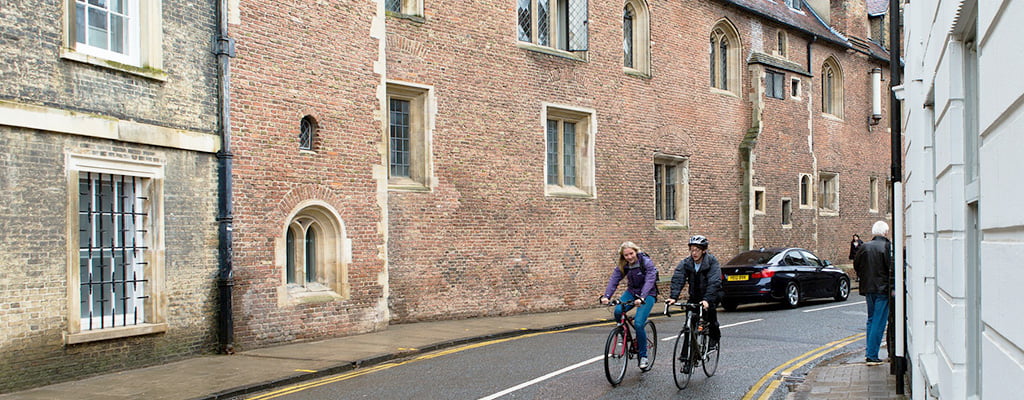
Business drivers may repeatedly make the same journeys or follow specified routes. When this happens they may begin to feel overly familiar with the route, losing their awareness of other road users and unforeseen hazards.
Staying vigilant is now more important than ever, with upcoming changes to The Highway Code establishing a ‘hierarchy of road users’, which places additional responsibility on road users who have more potential to do harm. For example, under the new rules, lorry drivers will face greater legal scrutiny than cyclists if the two happen to collide.
Today’s tips offer advice for you or your drivers on keeping mindful of the more vulnerable road users that may be present on those familiar trips:
- Check to see the type of pedestrians around you. Do you see an elderly person crossing the road? They may be walking slowly so ensure they feel safe by reducing your speed. Children can be easily distracted and are unpredictable too, especially when crossing the road, so do all you can to help them out. Drive with care and be vigilant as a few extra seconds added to your day may make all the difference.
- A cycling club will often cycle as a group rather than in single file. This makes it safer for all of us: a simple overtake on a short group is often easier and safer to achieve than several overtakes past separate cyclists. Before you overtake them, make sure you have given them enough room as they could adjust their road positioning unexpectedly for a pothole or drain. A few seconds’ delay is better than a lifetime of regret. It’s always good to remember that a young, fit individual on a bike is likely to be more stable than an older person doing their shopping run.
- Take note that there are two types of mobility scooters. Class 2 scooters are only allowed on pavements and have a top speed of 4mph. Class 3 mobility scooters should be registered and are driven on the road with a top speed of 8mph. Bear in mind that this group of road users may have restricted movement, vision or hearing so give them plenty of space and time.
- You may come across a horse and its rider walking along the side of the road. To avoid scaring the horse, turn the radio down and keep the engine revs low. Slow down and take your time when passing a horse. Keep your car well away from them and proceed with caution. The British Horse Society campaign encourages ‘Wide and Slow’ which reiterates driving no more than 15mph and leaving at least a car’s width gap.
- Who has heard of SMIDSY? “Sorry mate, I didn’t see you” is part of the motorcyclist’s lexicon, and often heard as the explanation for collisions at junctions. The science behind this is called Saccadic Masking. The simple explanation is that people don’t see clearly when their head or eyes are moving, and they don’t pick up objects travelling towards them very well. So make sure you have a good look, not just a quick glance. A good tip is that if you’re specifically looking for motorcyclists or cyclists, then you are more likely to see them.
IAM RoadSmart’s head of driving and riding standards, Richard Gladman said: “The importance of sharing the road space and understanding the needs of other road users cannot be stressed enough. If we are aware of vulnerable road users, we can make provisions to keep us all safe. Remember to treat others how you would like to be treated.”
IAM RoadSmart offers on-road and risk management solutions that can help both fleet and grey fleet drivers with advanced driving techniques such as correct anticipation of hazards. See our flagship Driving for Work course and Choices for more information on how we can make your fleet safer and more efficient.


